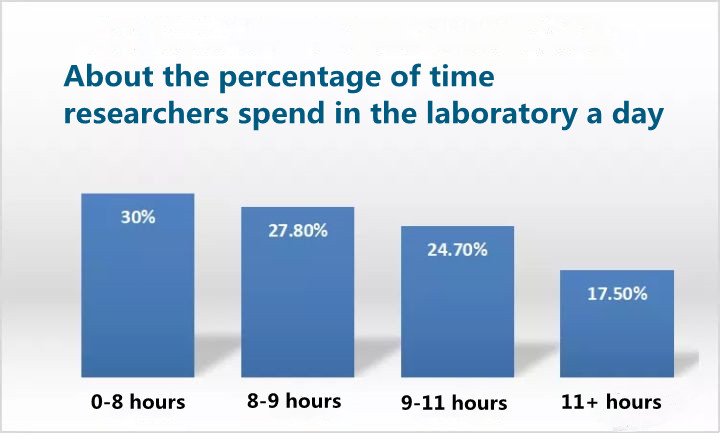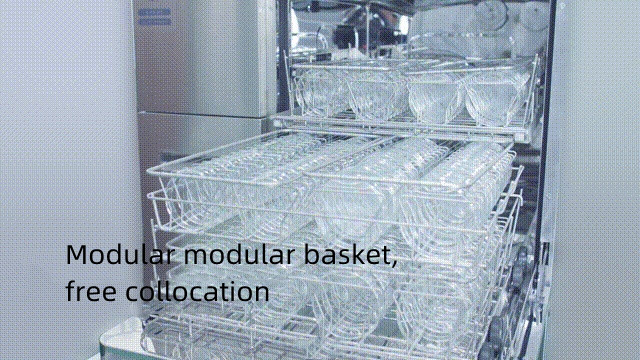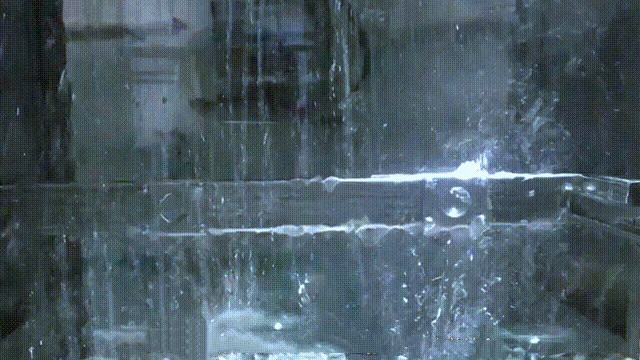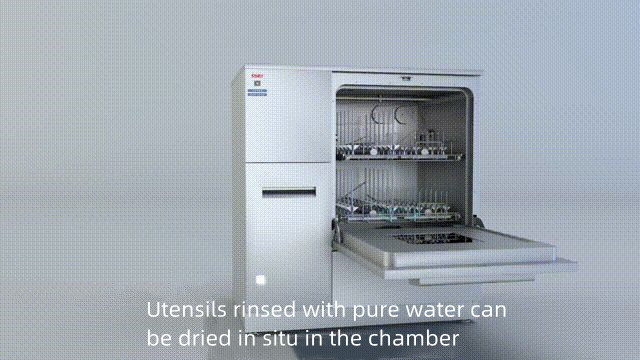The above picture is a statistical analysis of the percentage of time spent in the laboratory by researchers. Among them, 70% of the time spent doing experiments, reading literature, and writing reports in the laboratory is more than eight hours, and even 17.5% of the “giants” in scientific research reach for more than 11 hours. So how do you make time to clean the glass bottles used in the day’s experiments? How to ensure that after a day of high-intensity scientific research, the washed bottles and dishes can reach the standard of cleaning, so as not to affect the next experiment?
Put down the brush and bottle in your hand, turn off the faucet, and take a look at the bottle washer, you will regret not using the bottle washer sooner!
01 Modular modular design Free collocation
Q: We have many types of laboratory bottles, such as volumetric flasks, beakers, sample injection vials, etc. Can a Automatic Glassware Washer meet these cleaning needs at the same time?
Answer: Of course, the Laboratory Glassware Washer adopts modular modular design. The cleaning module can be arbitrarily replaced according to the type of bottles to be cleaned, and for different cleaning situations, the system has 35 built-in fixed programs and hundreds of customizable programs. The program can truly achieve whatever you want, with free collocation.
02 Combination of spray arm and one-to-one injection nozzle for cleaning without dead angle
Q: What is the cleaning method of the Glassware Cleaning Machine? And how do you make sure it’s clean?
A: The upper and lower chambers are equipped with two 360° rotating spray arms to clean the outer surface of the bottle, and one-to-one injection nozzles are used to clean the inner surface of the bottle, so as to achieve all-round cleaning of the inner and outer surfaces of the bottle. . How can you ensure that it can be cleaned? The cleaning procedure includes pre-washing, alkali main washing, acid neutralization, pure water rinsing, optional conductivity monitoring and printer system, providing real-time data, so as to realize effective cleaning of bottles and dishes and data recording and traceability.
03Microcomputer control and basket identification technology greatly saves cleaning costs
Q: Such a large machine must be very expensive in water and electricity, right?
Answer: After professional measurement, the results are as follows (when hundreds of bottles are fully loaded):
1. Power consumption (water temperature not lower than 15℃):
Standard mode: power consumption is 3.12 kWh, at 1.00 yuan/kWh, the cost is 3.12 yuan;
Universal washing mode: power consumption is 4.25 degrees, according to 1.00 yuan/degree, the cost is 4.25 yuan.
2. Water consumption:
Standard cleaning mode: 40L, at 2.75 yuan / ton, the cost is 0.11 yuan; (completely calculated by tap water)
General cleaning mode: 60L, at 2.75 yuan/ton, the cost is 0.165 yuan; (calculated entirely by tap water)
3. Cleaning agent:
About 9 yuan for a single cleaning
4. Cost summary:
Standard cleaning, each time is 3.12+0.11+9.00=12.23 yuan/time;
General cleaning, each time is 4.25+0.165+9.00=13.415 yuan/time
Compared with manual cleaning, the cost of machine cleaning can be saved by about 1/2.
04In-situ drying and automatic door opening function highlight the humanized design
Q: Is it just cleaning? Are there any brighter features?
Answer: In order to meet the needs of users who need to be dried after cleaning, the equipment can be equipped with an in-situ drying function. After cleaning, it can automatically enter the drying program as required, and it is equipped with double-layer HEPA filter cotton to further ensure drying. Air purity in the process. After cleaning and drying, through ITL induction technology, the door will automatically open to a certain position for one minute, reducing the temperature in the cavity after cleaning and drying. Prevent personnel from being scalded by hot air, highlighting the humanized design.
summary
The road to scientific research is long, and the Automatic Glass Bottle Washer is here!
Post time: Apr-18-2022





